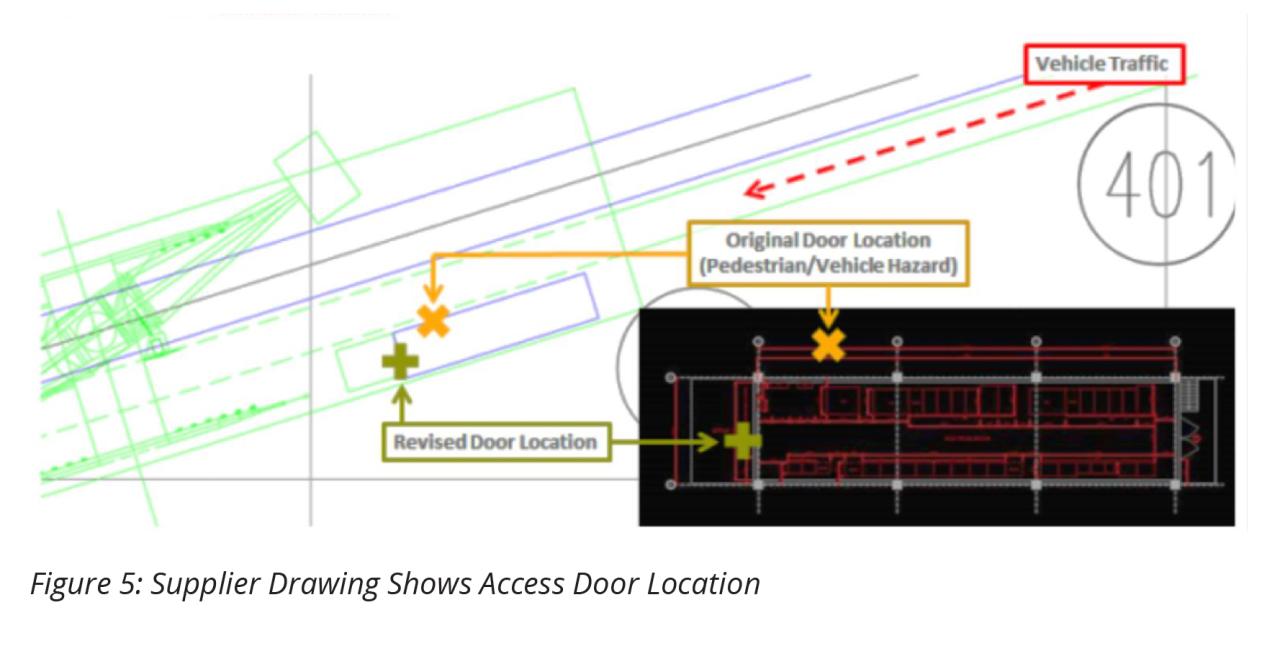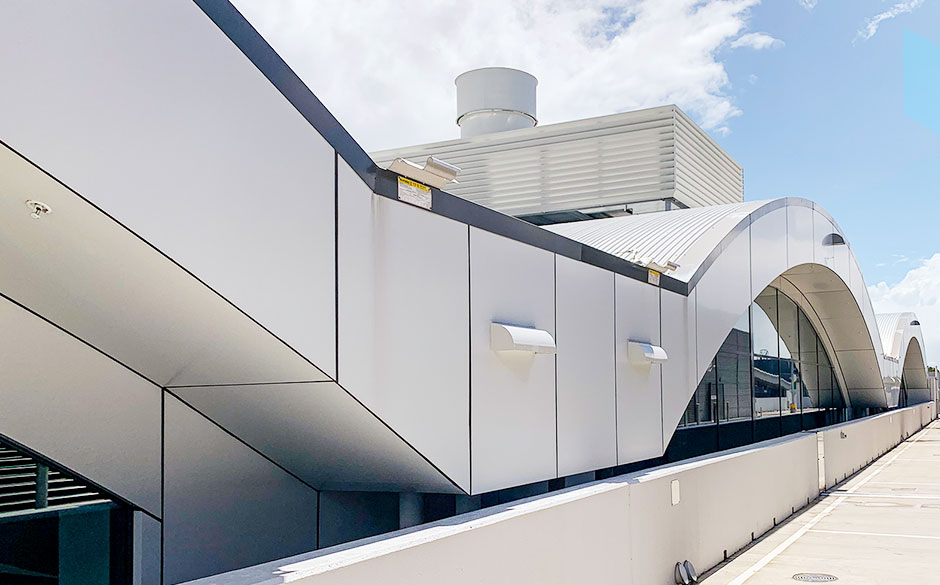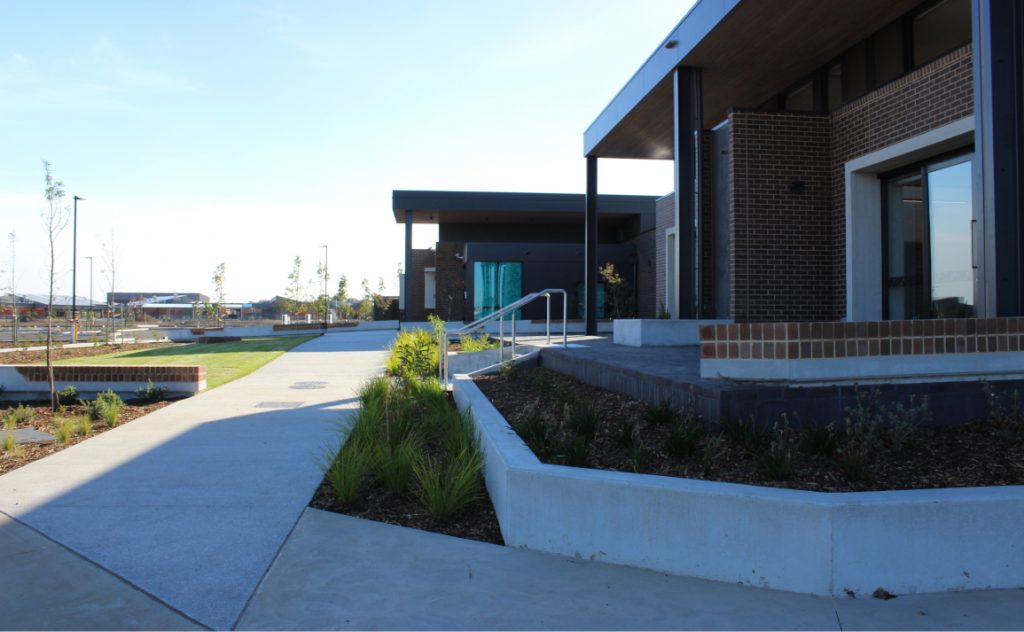Exploring the realm of safe exterior design for high-traffic buildings unveils a crucial aspect of architectural planning that goes beyond aesthetics. This article delves into the vital elements and considerations that make a building’s exterior not just visually appealing, but also safe and secure for all occupants and visitors.
Importance of Safe Exterior Design for High-Traffic Buildings
When it comes to high-traffic buildings, prioritizing safety in exterior design is paramount. The design of the external structure plays a crucial role in ensuring the well-being of occupants and visitors alike.
Potential Risks in High-Traffic Areas
High-traffic areas pose various risks, such as overcrowding, potential accidents, and security concerns. These factors must be taken into account when designing the exterior of a building to mitigate any potential dangers.
Enhancing Safety and Security through Design
A well-designed exterior can greatly enhance safety and security for those within the building. Features such as clear signage, proper lighting, and strategic placement of entry and exit points can contribute to a secure environment for everyone.
Key Elements of Safe Exterior Design

When it comes to creating a safe exterior design for high-traffic buildings, several key elements play a crucial role in ensuring the security and well-being of occupants and visitors. From lighting to landscaping and signage, each component contributes to the overall safety of the building.
Lighting
Proper lighting is essential for creating a safe exterior environment, especially during the night. Well-lit pathways, parking lots, and building entrances can deter criminal activity and help individuals navigate the space with ease. Additionally, lighting can also enhance the visibility of potential hazards, such as uneven surfaces or obstacles, reducing the risk of accidents.
Landscaping
Thoughtfully designed landscaping not only enhances the aesthetic appeal of a building but also improves safety. Clear pathways, trimmed bushes, and strategically placed trees can prevent hiding spots for potential threats and ensure unobstructed views of the surroundings. Proper landscaping can also help with drainage and reduce the risk of slips and falls due to wet or slippery surfaces.
Signage
Effective signage is crucial for guiding visitors and occupants in and around the building safely. Clear and visible signs indicating entrances, exits, emergency exits, parking areas, and potential hazards can prevent confusion and help individuals navigate the space efficiently. Signage should be well-maintained, easily readable, and strategically placed to ensure maximum impact.
Materials and Structural Design
The choice of materials and structural design of a building can significantly impact its safety and security. Durable materials that can withstand harsh weather conditions, vandalism, or attempted break-ins contribute to the resilience of the building. Additionally, structural elements like barriers, bollards, and security gates can help control access and prevent unauthorized entry, enhancing the overall security of the building.
Incorporating Accessibility in Exterior Design
When designing high-traffic buildings, it is crucial to prioritize accessibility to ensure that all individuals, regardless of ability, can navigate the exterior spaces safely and comfortably.
By incorporating inclusive design features, the exterior of a building can become more welcoming and usable for everyone. Here are some examples of inclusive design features that enhance accessibility:
Ramped Entrances
- Installing ramps with gradual slopes and handrails to provide wheelchair users with easy access to the entrance.
- Ensuring that the surface of the ramp is slip-resistant to prevent accidents.
Accessible Parking Spaces
- Designating parking spots close to the building entrance for individuals with disabilities.
- Ensuring that the parking spaces are wide enough to accommodate wheelchair-accessible vans and have proper signage.
Clear Signage and Wayfinding
- Using clear and easy-to-read signage with Braille for visually impaired individuals.
- Providing tactile paving to guide individuals with visual impairments safely around the exterior spaces.
Thoughtful Landscaping and Lighting
- Ensuring that pathways are well-lit to enhance visibility and safety for all users, especially those with low vision.
- Using contrasting colors for landscaping elements to help individuals with color blindness navigate the outdoor areas.
Sustainable Practices in High-Traffic Building Design

When it comes to designing high-traffic buildings, incorporating sustainable practices is essential not only for the environment but also for the well-being of occupants and visitors. Sustainable design strategies play a crucial role in creating a safe and healthy exterior environment.
Benefits of Sustainable Materials
- Using sustainable materials such as recycled steel, reclaimed wood, and low VOC paints can reduce the environmental impact of construction and improve indoor air quality.
- Sustainable materials are often more durable and require less maintenance, leading to long-term cost savings for building owners.
- By choosing materials with high recycled content, designers can help reduce waste and promote a circular economy.
Energy-Efficient Lighting
- Implementing energy-efficient lighting systems such as LED lights can significantly reduce energy consumption and lower utility costs.
- Lighting controls and sensors can further optimize energy usage by adjusting light levels based on natural light availability and occupancy.
- By reducing energy consumption, high-traffic buildings can lower their carbon footprint and contribute to a more sustainable future.
Incorporating Green Spaces
- Integrating green spaces like rooftop gardens, vertical gardens, and urban forests can help reduce the urban heat island effect, improve air quality, and provide a natural habitat for wildlife.
- Green spaces also offer opportunities for relaxation, recreation, and social interaction, enhancing the overall well-being of building occupants and visitors.
- By incorporating greenery into the exterior design, high-traffic buildings can create a more sustainable and livable environment for everyone.
Last Word

In conclusion, prioritizing safety in exterior design for high-traffic buildings is not just a matter of functionality, but a fundamental aspect of creating spaces that promote well-being and security. By incorporating the key elements discussed, architects and designers can elevate the standards of safety in urban environments, ensuring a harmonious blend of aesthetics and practicality.
Question Bank
How important is prioritizing safety in exterior design for high-traffic buildings?
Ensuring safety in exterior design is paramount as it directly impacts the well-being and security of building occupants and visitors, making it a top priority for architects and designers.
What are some key elements that contribute to a safe exterior design?
Essential elements include proper lighting, strategic landscaping, clear signage, durable materials, and thoughtful structural design to enhance safety and security.
How can sustainable practices be integrated into the exterior design of high-traffic buildings?
By incorporating sustainable materials, energy-efficient lighting, and green spaces, architects can promote a healthier environment while ensuring long-term benefits for occupants and visitors.









